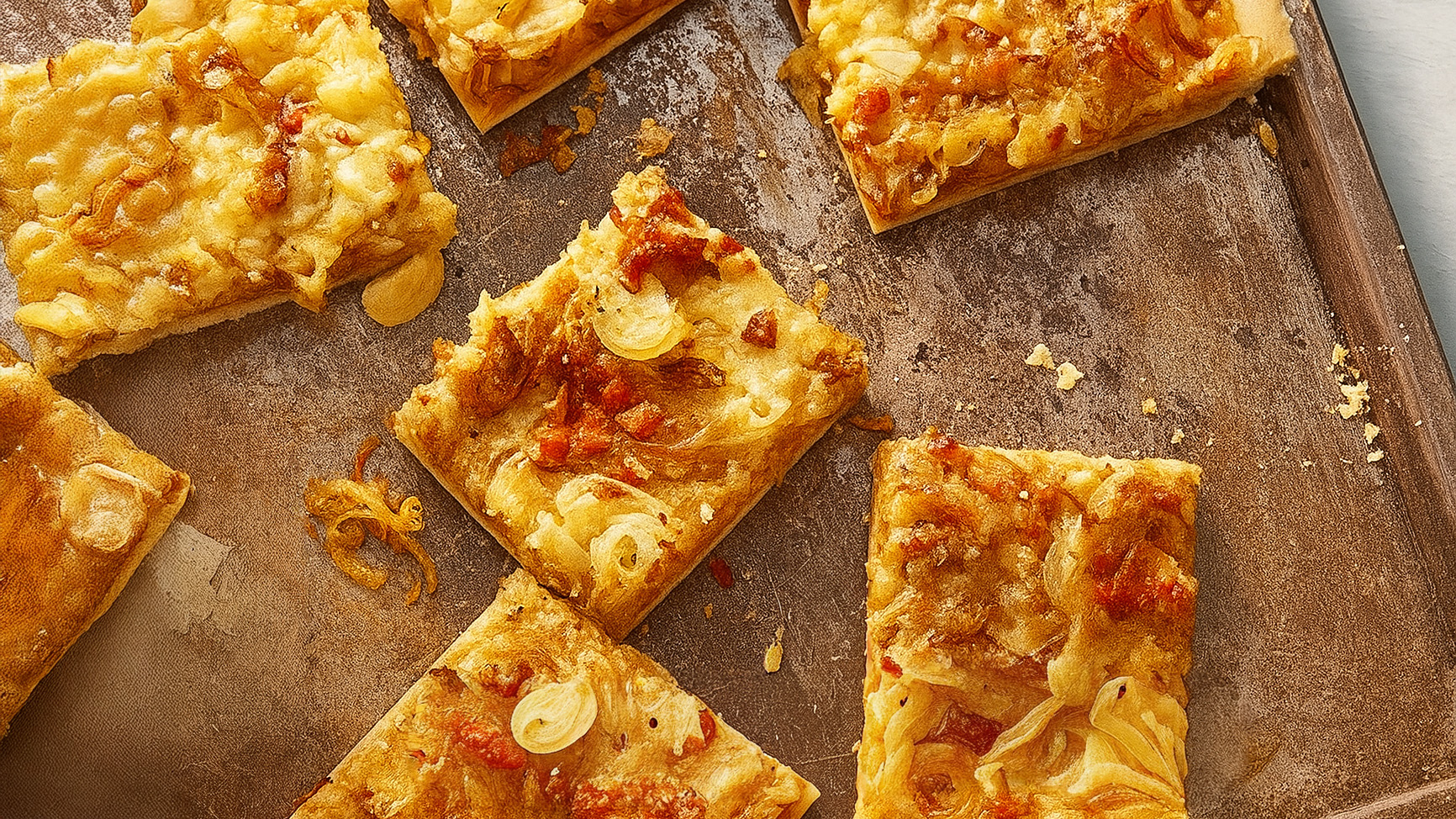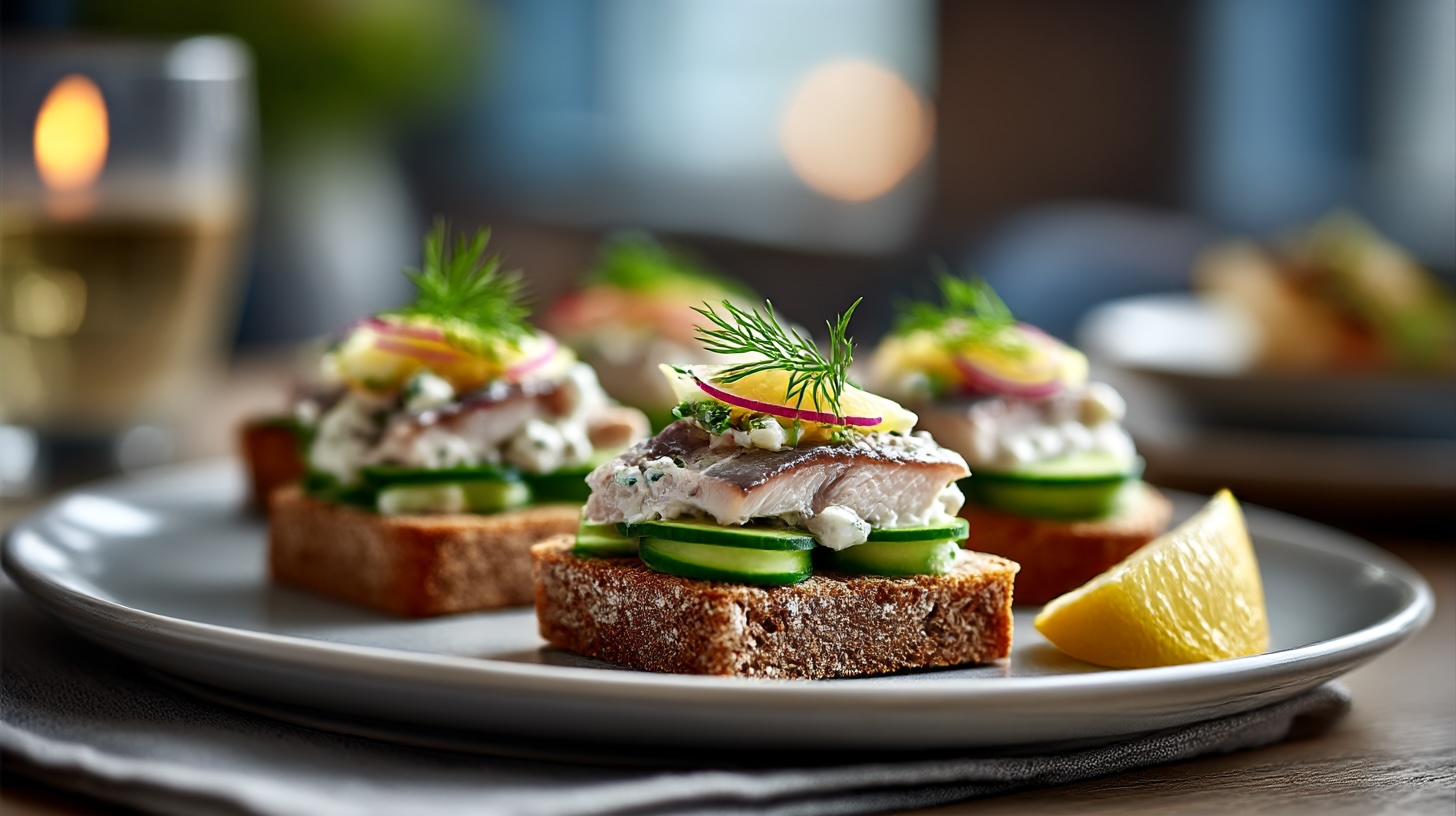Coulibiac: From Peasant Pie to Palace Showstopper
If you’ve never encountered a coulibiac before, prepare to be charmed by the unapologetic decadence of this Russian-born showstopper. A sort of pastry-clad matryoshka doll, salmon and rice coulibiac is what happens when comfort food gets dressed up for a czarist banquet. It’s luxurious, elaborate, and frankly, a bit over the top—which is exactly why it’s brilliant.
Coulibiac (or kulyabiaka, if you want to win at Scrabble) hails from Russia, with roots that trace back to the 17th century. It began as a humble peasant pie, stuffed with whatever was lying around—cabbage, onions, millet—before climbing the culinary ladder to become the darling of Russian aristocracy. By the time it hit French menus via the grand tours of Russian nobility, it had morphed into something truly elaborate: layers of salmon, rice, mushrooms, herbs, and hard-boiled eggs, all wrapped in buttery pastry. Even Escoffier, the French culinary godfather, fell under its spell and gave it a fancy twist in his haute cuisine repertoire.
What makes coulibiac special, apart from the fact that it sounds like a mysterious Eastern European count, is the theatrical layering. You don’t just chuck ingredients together and hope for the best. Oh no. You build it like a lasagne, each stratum distinct and lovingly arranged, then swaddle it in puff pastry like a culinary Christmas present. It slices like a dream, revealing its pinks, whites and greens in photogenic harmony.
Regional variations? Absolutely. In Russia, some versions still favour cabbage or buckwheat instead of rice. In France, you might find a luxurious mushroom duxelles taking centre stage. There are vegetarian takes, seafood medleys, or budget-friendly spins with tinned fish and day-old rice. But the classic—salmon, rice, mushrooms, dill, and eggs—is hard to beat.
As for drinks, coulibiac craves something crisp and cleansing. A dry white wine—think Chablis or an Alsatian Riesling—cuts through the richness like a well-aimed sabre. Sparkling wine? Always a good idea, especially if you’re leaning into the czarist drama. Vodka, unsurprisingly, works too—especially the icy, no-nonsense kind.
On the plate, coulibiac is a statement piece. Serve it with a simple green salad dressed with lemony vinaigrette or some buttered peas. It doesn’t need much else—it’s already doing the most. However, a dollop of dill sour cream or horseradish sauce doesn’t hurt. And for those who want to gild the lily, caviar on the side. Because, why not?
Health-wise, coulibiac is a mixed bag. Salmon is packed with omega-3s, rice gives you carbs to stay charming through the party, and dill has its herbal virtues. But let’s not pretend puff pastry is health food. This is celebratory fare—eat it with joy and maybe go for a walk afterwards.
Where to find it? In Russia, you might still spot it at big family feasts or in traditional restaurants. In France, coulibiac makes a rare but glamorous appearance on special occasion menus. Elsewhere, it’s a dish that lurks in the corners of retro cookbooks and the dreams of ambitious home cooks. If you want one done right, your best bet is to roll up your sleeves and make it yourself.
Here’s how to create your own salmon and rice coulibiac—with a wink to tradition and a nod to extravagance.
Salmon and Rice Coulibiac
For the filling:
- 500g salmon fillet, skin removed
- 150g basmati or long grain rice
- 1 onion, finely chopped
- 200g mushrooms, finely chopped
- 2 hard-boiled eggs, chopped
- A small bunch of dill, finely chopped
- Zest of one lemon
- Salt and pepper
- Butter for frying
For the pastry:
- 500g puff pastry (store-bought is fine, no one will judge)
- 1 egg yolk, for glazing
Cook the rice and let it cool. Sauté the onion in butter until soft, then add the mushrooms and cook down until dry. Season well. Poach the salmon gently until just cooked, then flake. In a bowl, combine rice, mushroom mix, salmon, dill, lemon zest, and chopped egg. Season to taste.
Roll out two-thirds of the pastry into a rectangle and place on a baking sheet. Layer the filling down the centre in neat rows or just a generous heap—no shame in rustic. Roll out the remaining pastry and lay it on top, sealing the edges with egg yolk. Crimp like you mean it. Decorate with offcuts if you’re feeling fancy.
Brush the top with egg yolk and chill for 15 minutes. Then bake at 200°C (180°C fan) for 30–40 minutes, until puffed and golden. Let it rest a bit before slicing—this is not a pie that likes to be rushed.
Serve warm with a flourish and a glass of something chilled. Ideally while telling your guests they are about to enjoy a favourite of Russian emperors. Drama, always.



